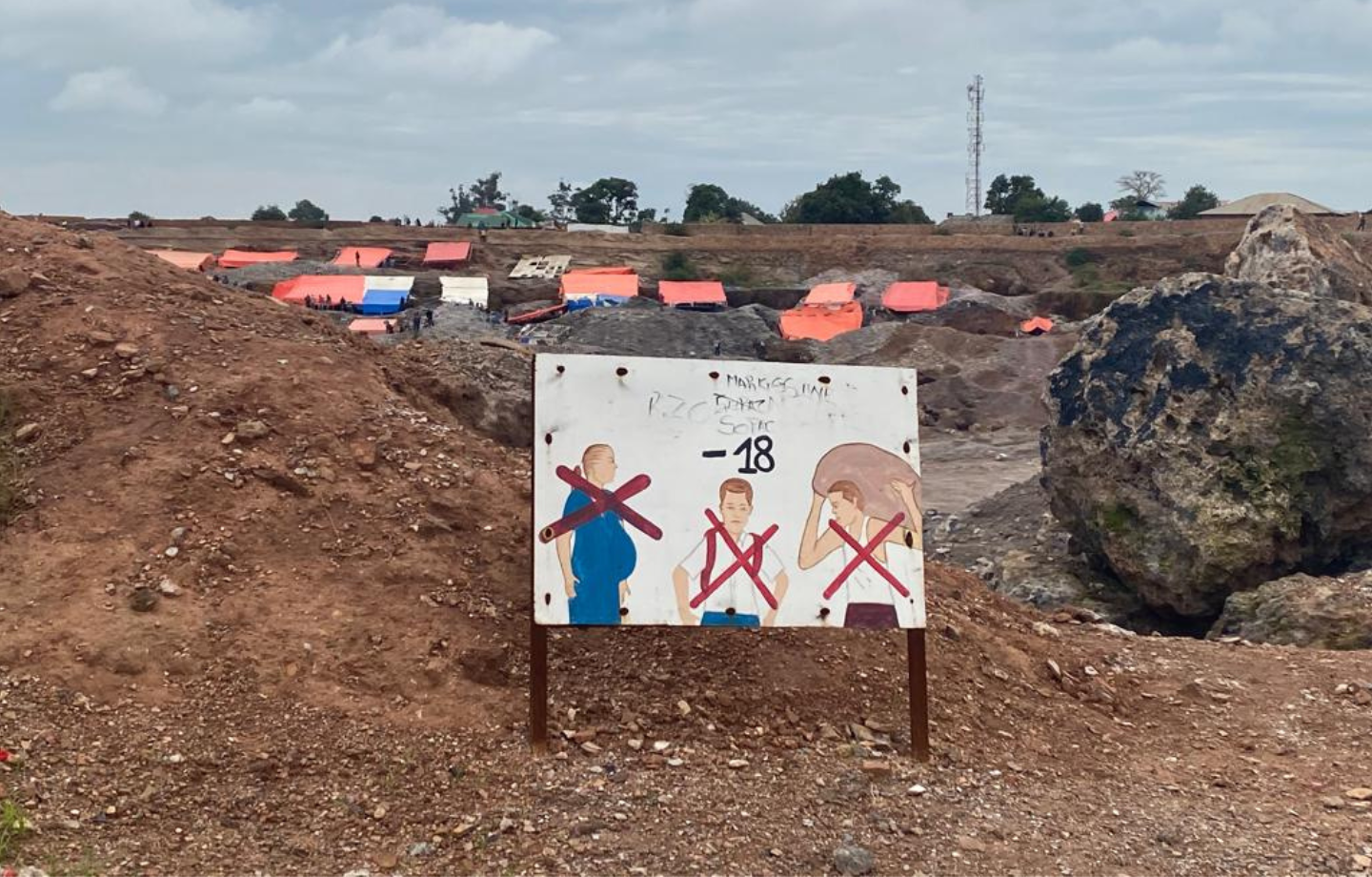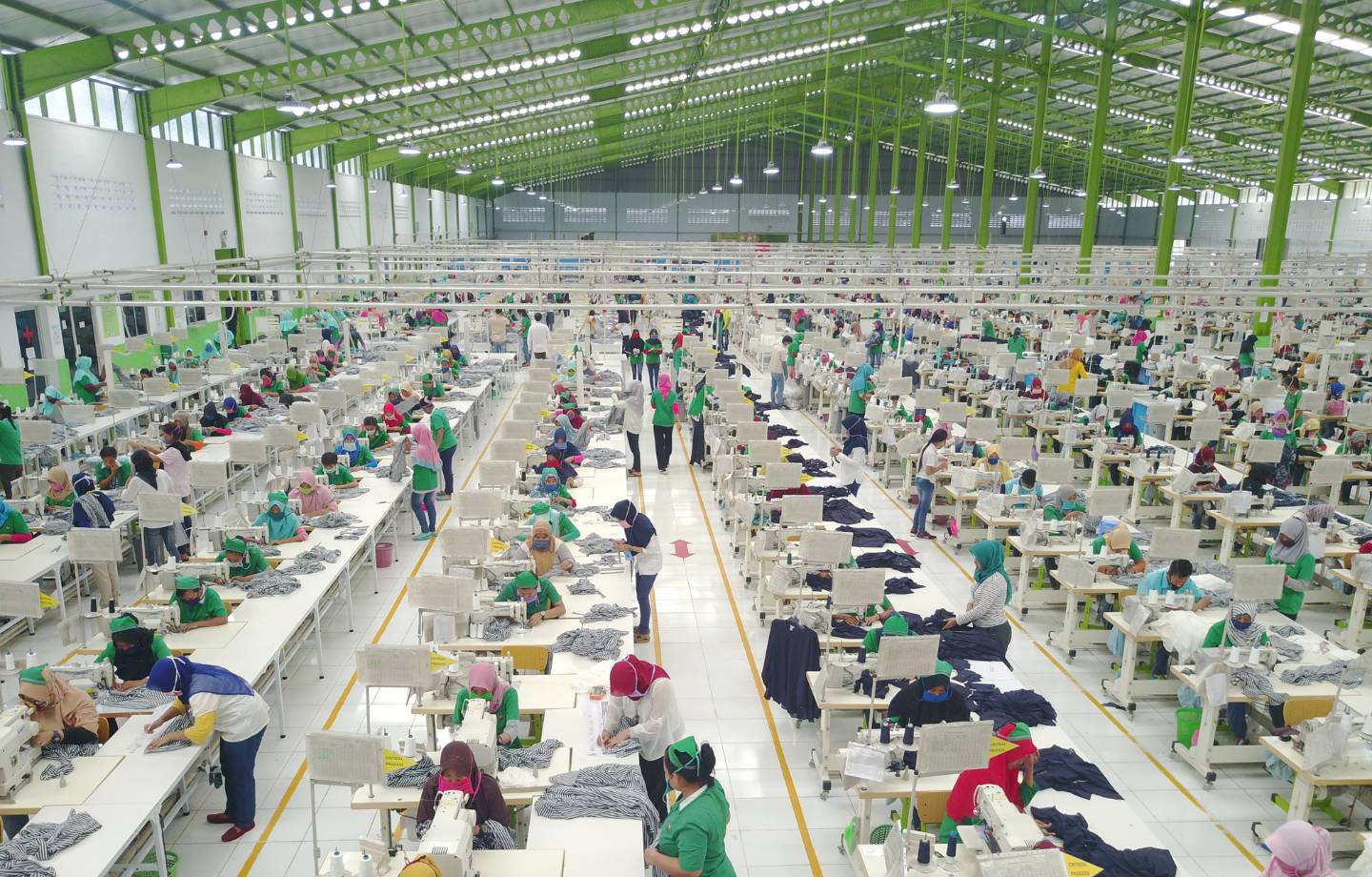The Critical Link Between Climate Change and Occupational Health and Safety: a New Report from the ILO

May 1, 2024
A new report from the International Labor Organization (ILO) reinforces that climate change is not just an environmental issue; it’s also a human rights issue and a workplace crisis. Climate change causes death, injury and disease for workers due to their exposure to the sun and heat and proximity to hazardous chemicals.
Climate change has caused drastic global climate fluctuations and an increase in extreme weather events, including heatwaves, flooding, wildfires and droughts. Until now, published research has predominantly examined the impact of these changes on public health. The ILO’s work makes the link between occupational health and safety (OSH) and climate change explicit.
The new report presents evidence relating to six key effects of climate change: excessive heat, ultraviolet radiation, extreme weather events, workplace air pollution, vector-borne diseases and changes in agrochemical use. These hazards are independent but interlinked, creating a combination of dangers that could be cumulatively disastrous for workers.
Cancer, cardiovascular disease and respiratory illnesses are just some of the serious health impacts for workers linked to climate change. The report’s key statistics illustrate the magnitude of this impact: 2.41 billion workers are exposed to excessive heat at work every year, resulting in 18,970 deaths; 26.2 million people are living with chronic kidney disease linked to workplace heat stress; 1.6 billion outdoor workers are exposed to air pollution, with 860,000 workers dying as a result; 18,960 deaths annually are linked to work-related skin cancer, with 1.6 billion workers exposed to UV radiation; and, there are 15,170 deaths from parasitic and vector-borne diseases.
Existing national legislation related to climate change and OSH often concerns occupational exposure limits to extreme heat and air pollution. For example, countries in the Gulf Cooperation Council apply a summertime working ban that prohibits the continuation of outdoor work during pre-defined times and months, although the implementation of these bans can be weak.
The sectors most vulnerable to these effects employ outdoor workers in hot climates engaging in heavy labor. Most notably this includes construction and agricultural workers. The report also noted that women workers could face an increased risk of pregnancy-related complications including hypertension, miscarriages and still-births.
There are huge financial implications for businesses. These are associated with workplace accidents, diseases, productivity losses, disruptions to the labor supply and increased costs of production. There are also significant costs associated with adapting to new climate mitigation regulations for businesses. The financial loss due to heat-related illness, if the global temperature rises to only 1.5 degrees Celsius above pre-industrial levels by the end of the century, is predicted to reach $2.4 trillion by 2030. In the U.S., the health costs of air pollution and climate change have already exceeded $800 billion annually.
The report recommends reevaluation of existing legislation and/or enactment of new regulations and guidance to ensure that workers are properly protected. Scientific research is required to develop and evaluate the effectiveness of OSH measures across different countries and sectors. More research is needed to understand the implications of climate change and OSH for businesses and, importantly, who pays for these adaptations.
 Global Labor
Global Labor


